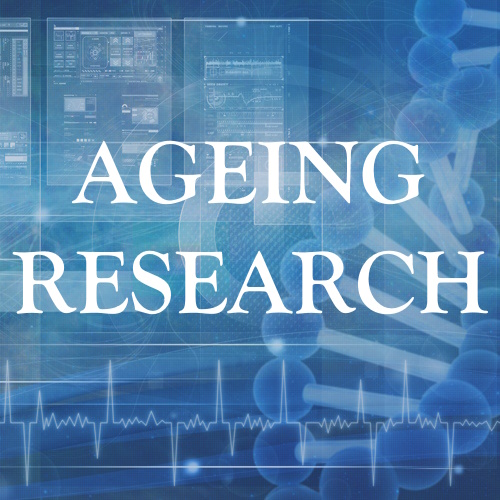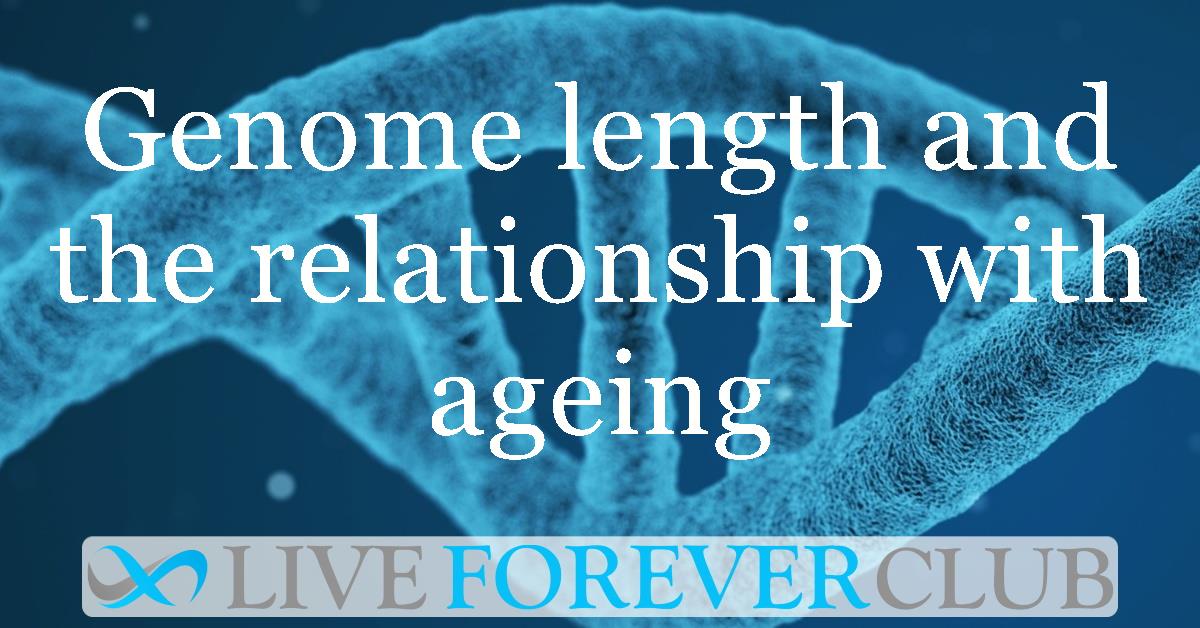As our knowledge of genomes and their functions have improved, we have tried to identify specific genes and their variations to explain ageing and diseases. Our pursuit has been to assign specific diseases to a small number of genes getting affected in specific but significant ways. Today we look at a study which explores genomic changes and ageing in a completely different perspective.
Transcriptomes change rapidly and quite selectively to changes in external stimulus experienced by organisms. While we have identified many changes in individual genes, these changes are quite small when measured on single transcripts.
A recent study conducted by Northwestern University explored the role played by the length of transcriptomes in the molecular level changes that occur with ageing which lead to illnesses. The study explored the possibility that age affected subtle global changes in the transcriptome that were more significant than gene centric changes in the overall senescence process.
“The changes in the activity of genes are very, very small, and these small changes involve thousands of genes,” said Northwestern’s Thomas Stoeger, who led the study. “We found this change was consistent across different tissues and in different animals. We found it almost everywhere. I find it very elegant that a single, relatively concise principle seems to account for nearly all of the changes in activity of genes that happen in animals as they age.”
The researchers utilised artificial intelligence to analyse data on genes. They used tissues from multiple animals including humans to discover that the length of genes can explain most of the cellular changes associated with ageing.
The study explored the imbalances that set in the transcriptomes as the cells age and put forward the hypothesis that ageing tissues develop an inherent imbalance in the homeostasis of the genome. The research tried to establish that as cell lines age, this inherent imbalance is accumulated primarily due to depletion in relative abundance of long transcripts in the ageing cells.
Methodology
The researchers in Northwestern University tried to confirm this hypothesis using the following three studies:
Observation of vertebrate tissue to correlate genomic imbalance with ageing
Male mice of the ages of 4,9,12,18 and 24 months were selected and their transcriptomes were observed for changes with ageing. It was established that transcriptome imbalance occurs along with progressive ageing and median transcript length is shorter for older cells.
This finding was then extended to verify for other cell types and for other organisms. It was found that the length association for transcripts is robust across these variables as well.
Analysis of anti-ageing interventions effect on transcript length
11 antiaging interventions with strong support for extending lifespan within the Interventions Testing Program of the National Institute on Ageing were selected which had published differential expressions result of transcription.
It was observed that length associated transcriptome imbalance was impacted by these interventions positively. The interventions promoted longevity by reversing the transcriptome median length shortening.
Mapping shortest and longest transcripts impact on longevity
The research examined a catalogue of pro-longevity and anti-longevity genes for which loss of function mutation decreases and increases lifespan of organisms, respectively.
It was observed that both in mice and humans, the gene with longest transcripts enrich for genes which increase longevity whereas genes with shortest transcripts enrich for genes shortening lifespan.
Conclusion
The study gave a fresh insight to explore ageing as a result of not individual changes in a single gene but rather as a global amalgamation of micro changes affecting many genes. These changes in themselves may be statistically insignificant, but taken together become important enough to drive senescence.
“Now that we have this new understanding, it’s like having a new instrument. It’s like Galileo with a telescope, looking at space. Looking at gene activity through this new lens will enable us to see biological phenomena differently.” — Luis Amaral, data scientist
Author: Joydev Bhattacharjee
References
Aging is associated with a systemic length-associated transcriptome imbalance – Nature Aging, 2022 – Luis A. Nunes Amaral et al
Aging is driven by unbalanced genes – Northwestern University





